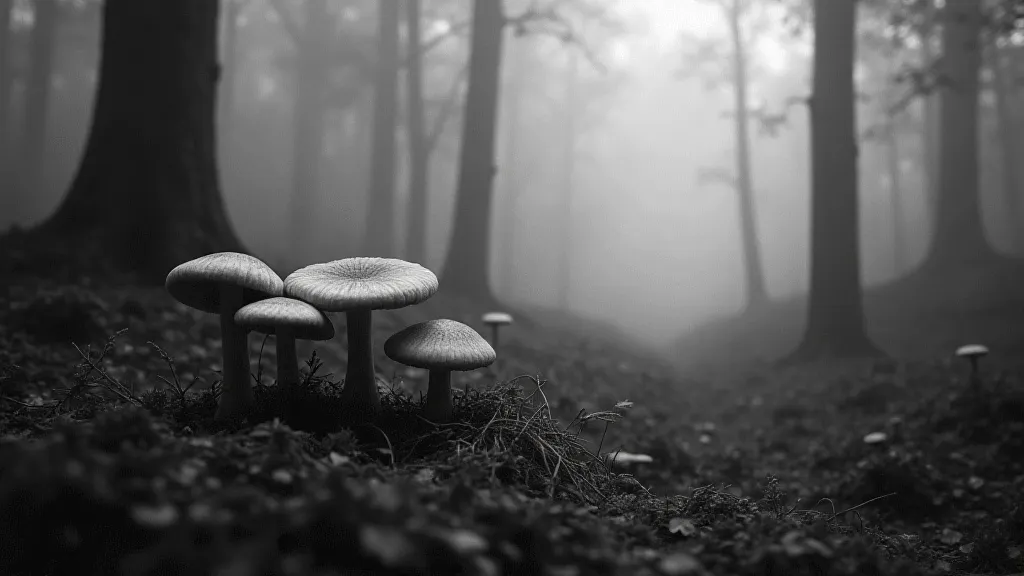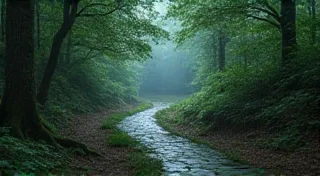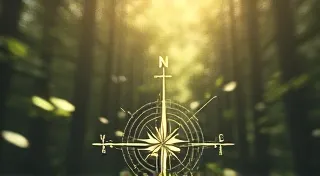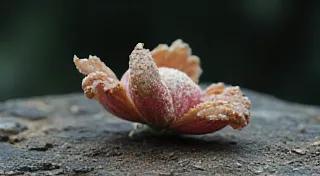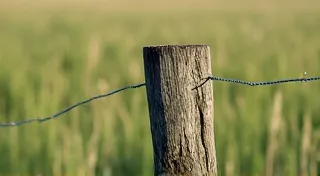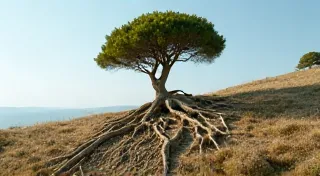Beneath the Umbral Bloom: Fairy Rings and Mourning Rituals
The scent of damp earth and decaying leaves always brings me back. Not just to childhood walks in ancient woods, but to a feeling – a palpable weight of history and unspoken stories. It's a feeling amplified tenfold when I stand within a fairy ring. Those perfect circles of mushrooms, luminous in the twilight, aren't just a natural phenomenon. They're echoes of something far older, whispers of a time when the veil between our world and… something else… was thinner.
My grandfather, a master accordion repairman, used to say that old instruments held memories. He’s gone now, but I can still hear the wheeze and sigh of the bellows he's coaxed back to life over the years. He's taught me the deep respect for craftsmanship – the precise alignment of reeds, the painstaking replacement of cracked leather, the understanding that you’re not just fixing an object, but preserving a narrative. And I think the same principle applies to fairy rings. They aren't just colonies of fungi; they're living documents, inscribed with the beliefs of generations past.
The folklore surrounding fairy rings is surprisingly consistent across regions, despite geographical distance. The notion of these circles as portals, dancing places for the Fae, and warnings to those who stumble within them, pervades countless cultures. But what I find particularly compelling is the recurring theme of mourning and cycles of life and death. It's a connection that, while speculative, is bolstered by intriguing historical observations and the inherent symbolism of circles themselves.
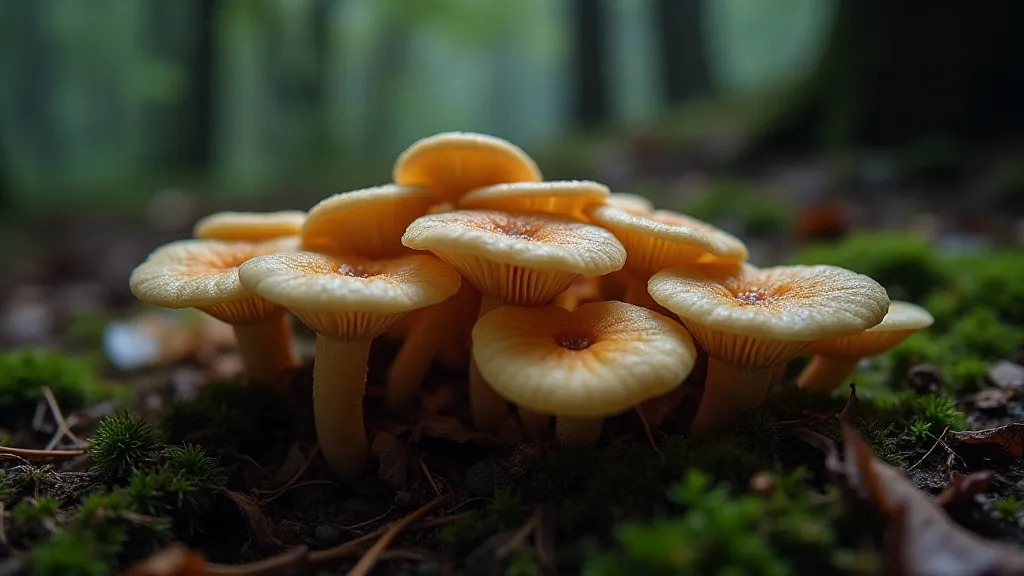
Circles and Closure: Ancient Symbolism
The circle is a fundamental symbol across human cultures. It represents wholeness, eternity, and the cyclical nature of existence – birth, death, and rebirth. From Neolithic stone circles like Stonehenge to the mandalas of Eastern religions, the circle embodies a profound understanding of cosmic order. It's easy to understand why our ancestors, deeply attuned to the rhythms of nature, would imbue circles with such potent meaning.
Consider the practices of many ancient cultures, particularly those emphasizing ancestor veneration. Burial rituals often involved circular mounds or enclosures, marking not just a final resting place, but a sacred boundary between the living and the dead. Early Celtic traditions, for instance, included circular earthworks associated with burial and ceremonies for the deceased. Could it be that the very landscapes we now associate with fairy rings were originally sites of such rituals, marked by purposeful circles?
The mushroom itself adds another layer to this intriguing possibility. Throughout history, mushrooms have been linked to the underworld, to spirits, and to transformation. In some cultures, they were consumed in shamanic rituals, believed to facilitate communication with the realm of the dead. The sudden appearance of a fairy ring, a seemingly spontaneous blooming of these mystical fungi, could easily have been interpreted as a manifestation of the spirits of the departed, marking a sacred space dedicated to remembrance and mourning.
Regional Variations and Shared Beliefs
While the core beliefs surrounding fairy rings are relatively consistent, regional variations offer a glimpse into the specific cultural nuances that shaped these folklore traditions. In parts of England, it was believed that stepping into a fairy ring would trap you in a perpetual dance with the Fae, forcing you to dance until you dropped from exhaustion. This notion of being ensnared, of losing control, could be interpreted as a symbolic representation of grief and the feeling of being consumed by sorrow.
In Ireland, fairy rings were often seen as sacred groves, places where the veil between worlds was thin. Entering a ring without permission was considered deeply disrespectful and could invite misfortune. The emphasis on respect and boundaries suggests a profound recognition of the sanctity of these sites, likely stemming from their original purpose as burial or memorial grounds. Stories abound of offerings left at fairy ring locations – small tokens intended to appease the spirits and ensure safe passage.
Across the Atlantic, among indigenous peoples of North America, similar beliefs existed concerning circular formations of fungi. While the specific terminology and rituals differed, the underlying understanding of these circles as portals to the spirit world and places of profound spiritual significance remained consistent. The connection to the earth, to ancestor veneration, and to the cyclical nature of life and death formed a shared thread across continents.

The Fragility of Memory and the Persistence of Folklore
My grandfather’s accordion workshop was a sanctuary. The scent of beeswax and leather, the gentle hum of the blower, the weight of history in every tool – it was a place where time seemed to slow down. He instilled in me a deep appreciation for the stories embedded within objects, the way they could connect us to the past.
And I realize now that fairy ring folklore operates on a similar principle. These stories are fragile, susceptible to the erosion of time and the influence of modernization. Yet, they persist, carried down through generations, whispered around campfires, woven into the fabric of local traditions. They are a reminder of a time when humanity was more closely connected to the natural world, when the boundaries between the physical and spiritual realms were less defined.
What happened to those original burial grounds? What were the specific rituals performed within those circles? While definitive answers may remain elusive, the folklore surrounding fairy rings provides a compelling glimpse into the beliefs and practices of our ancestors. The persistent association with mourning, cycles, and the spirit world suggests a profound connection to a time when these natural formations held a much deeper and more sacred significance.
Perhaps, as we stand within a fairy ring today, we’re not just witnessing a fungal colony; we’re standing on hallowed ground, echoes of ancient sorrow and remembrance, whispered on the breeze, blooming once more with the umbral bloom. It’s a humbling thought, a powerful reminder of the enduring link between humanity and the natural world – a connection that deserves to be cherished, protected, and remembered.
